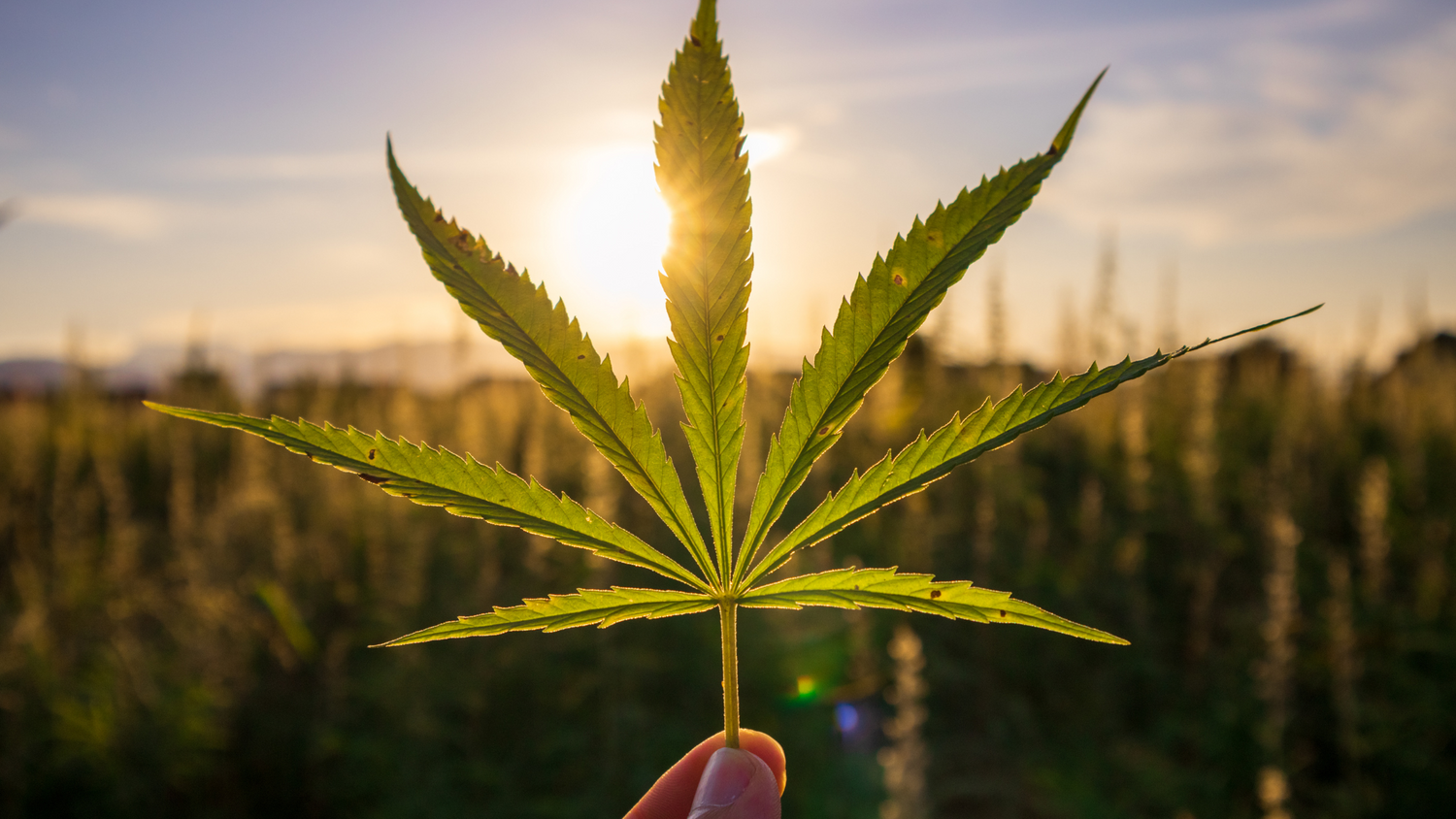Written by: Dr. Diana Rangaves, Google Scholar, holds a Doctorate from the University of California, specializes in pharmacotherapy management, and founded ClinicalConsultantServices.com and DianaRangaves.com
---
The recent discovery or identification of endocannabinoid receptors and their lipid ligands has triggered interest in studying the endocannabinoid system (ECS), its impact, and regulatory function in human health. ECS plays a crucial role in your body for survival. This is due to its ability to maintain your body's homeostasis, which encompasses your endocrine, brain, immune system, and more. Read on to learn what the endocannabinoid system is, how it works, and how THC & CBD impact the ECS.
What is the endocannabinoid system?
The endocannabinoid system is a highly complex network of lipids consisting of endogenous ligands, cannabinoid receptors, and enzymes that catalyze endocannabinoids' formation and degradation. It was discovered in the 1990s by researchers studying Tetrahydrocannabinol (THC), a popular cannabinoid. Studies have revealed that ECS plays a crucial role in regulating different body functions and processes, including mood, sleep, appetite, reproduction & fertility, and memory.
How does the endocannabinoid system work?
With all the complicated cell signals, outside influences, and genetic mutations, how does a human body manage to maintain homeostasis? The answer is the ECS. It is present in nearly any part of your body and functions by maintaining your body's homeostasis. This is achieved via a negative feedback loop, which activates postsynaptic neuron synthesis and release of endocannabinoids as they target the right endocannabinoid receptors.
Note that the endocannabinoid system involves three essential components; endocannabinoids, enzymes, and receptors. Endocannabinoids are also known as endogenous cannabinoids. They are molecules (similar to cannabinoids) produced in your body. So far, researchers have identified two important endocannabinoids – 2-arachidonoylglyerol (2-AG) and anandamide (AEA).
These components help keep your body's internal functions running seamlessly. When necessary, your body produces them, making it challenging for researchers to determine what typical levels are optimum for each.
Endocannabinoid receptors are found throughout the human body. There are two key endocannabinoid receptors which include CB1 receptors (found in your central nervous system) and CB2 receptors (found in your immune cells in your peripheral nervous system). These receptors bind with endocannabinoids to signal the ECS to take a specific action.
Endocannabinoids can successfully bind to any receptor. The resultant effect majorly depends on the specific receptor an endocannabinoid binds to and its location. For instance, endocannabinoids may target the CB1 receptor in your spinal nerve to ease the pain. Others may bind to CB2 receptors in the immune cells to send signals that your body is experiencing a higher level of inflammation. This is a common sign of autoimmune disorders.

Lastly, enzymes are responsible for degrading endocannabinoids once they execute their function. The two main enzymes in the ECS include monoacylglycerol acid lipase, which breaks down 2-AG, and fatty acid amide hydrolase, responsible for breaking down AEA.
As mentioned earlier, research has linked the endocannabinoid system with the proper function of the following internal processes;
- Metabolism
- Digestion and appetite
- Chronic pain
- Motor control
- Mood
- Inflammation and other important immune system responses
- Learning and memory
- Cardiovascular system function
- Liver function
- Bone growth
- Skin and nerve function
- Reproductive system function
- Stress
All these processes contribute to your body's homeostasis – the stability of your "internal environment." Suppose an outside force like a fever or pain alters your body's homeostasis. Your endocannabinoid system would kick in to help return your body to its normal operation. Today's researchers believe that maintaining homeostasis is the key role of the endocannabinoid system.
Endocannabinoid system: the influence of CBD and THC
THC is among the top cannabinoids found in the cannabis plant. It is the compound that makes you feel "high." Once absorbed in your bloodstream, it interacts with the ECS by binding to the CB receptors, just like endocannabinoids. THC is powerful because it can successfully bind to CB1 and CB2 receptors. Thus, it can have a range of effects on your mind and body.
Some of these effects are positive, while others are negative. For instance, THC can help alleviate pain and stimulate the appetite. However, this compound can also cause anxiety and paranoia. Researchers are currently finding a way to make a synthetic THC cannabinoid that could interact with the endocannabinoid system in positive ways only.
The other common cannabinoid is CBD (cannabidiol). Unlike tetrahydrocannabinol, CBD does not make you "high" or cause negative responses like paranoia. Researchers assert that CBD doesn't bind to CB1 and CB2 receptors similarly to THC. Instead, it prevents the breakdown of endocannabinoids. This allows having a prolonged effect on your body. CBD alters the way in which THC binds to the CB receptors. So, when you consume high amounts of CBD and THC simultaneously, the intoxicating impact of THC is weakened.
Rather than binding to the CB receptors, CBD binds to your serotonin receptors which control mood, pain, and sleep. Also, it binds to the vanilloid receptors, which influence your body's perception of pain and inflammation. Generally, CBD targets over 65 areas of your body which overlap, suggesting that the potential health benefits of CBD are limitless.
Shortage of Endocannabinoid
Some researchers believe in a theory commonly referred to as clinical endocannabinoid deficiency. According to this theory, low levels of endocannabinoids or endocannabinoid system malfunction can contribute to some unwanted symptoms. In a 2016 review of more than a decade of research, researchers explained why most people develop fibromyalgia, irritable bowel syndrome, and migraine.
Generally, none of these health conditions has a well-known underlying cause. Besides, they are resistant to various treatment options and may occur simultaneously sometimes. If endocannabinoid deficiency does play a role in these health conditions, targeting endocannabinoid production or ECS could be the silver bullet to treating such health issues. However, further research is necessary to understand the link between clinical endocannabinoid deficiency and irritable bowel syndrome, migraine, and fibromyalgia.
Takeaway – the endocannabinoid system
The endocannabinoid system plays a crucial role in maintaining your body's homeostasis or internal process. However, there is so much about the ECS that medical scientists don't know. This is why further research is underway to explore how ECS works and how it interacts with the essential cannabinoids – THC and CBD.





